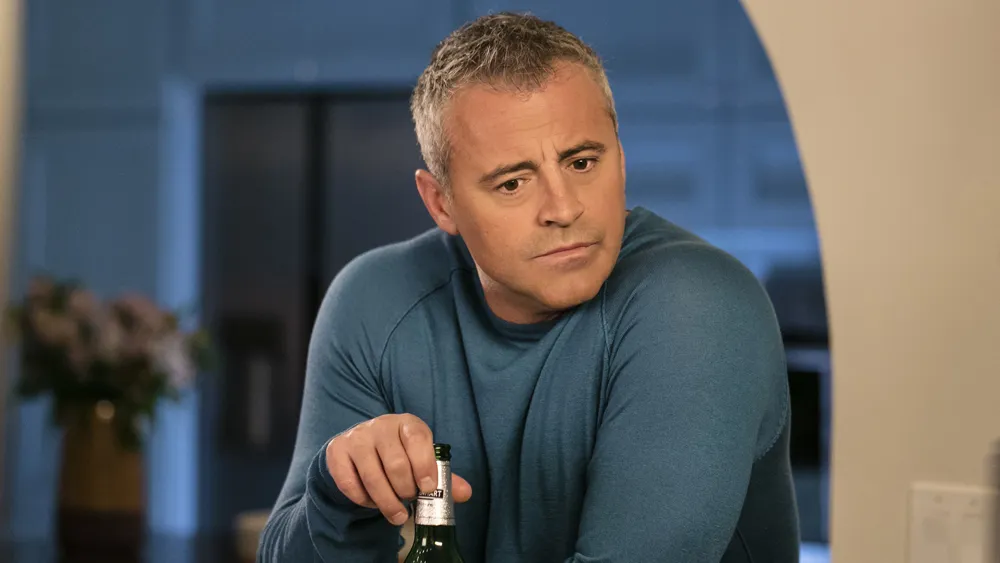Bob Harte, the beloved star of Discovery Channel’s “The Last Alaskans,” was a rugged outdoorsman who lived a life of extreme isolation in Alaska’s Arctic National Wildlife Refuge. Born on January 23, 1951, in Jersey City, New Jersey, Harte passed away at the age of 66 on July 22, 2017, after battling cancer. His net worth at the time of death was estimated at $600,000, earned through trapping, survival skills, and reality TV appearances rather than traditional salaries. Harte was married to Nancy Becker, with whom he shared a daughter, Talicia, though they later divorced; he was not publicly dating anyone at the end of his life. Standing at about 5 feet 9 inches (1.75 m) in height and maintaining a sturdy build suited for wilderness demands—though exact weight details remain unconfirmed—Harte’s story answers searches for his biography, family, and enduring impact on off-grid living.
Bob Harte Early Life: From Urban Roots to Alaskan Dreams
Bob Harte’s journey began far from the frozen tundra, in the bustling streets of Jersey City. Raised by parents Vernon and Eleanor Harte alongside three brothers, young Bob discovered a passion for the outdoors early on. He spent summers fishing, hunting, and trapping small game, often under the guidance of his grandfather, who taught him essential construction skills and independent thinking. “My grandfather was my real teacher,” Harte once reflected in show interviews, emphasizing how these lessons shaped his resilience.
Baseball was a youthful pursuit, but books about Alaska’s wild frontiers ignited a deeper calling. At just 21 years old, after a brief college stint that felt confining, Harte hitchhiked across the country to the Last Frontier, arriving in Southeast Alaska near Wrangell. This bold move marked the start of over 40 years in isolation, far from modern conveniences, where he honed his trapping and survival expertise.
What sets Harte apart from typical adventure seekers is his unyielding commitment to self-reliance. Unlike many who romanticize wilderness life, Harte built cabins from scratch, navigated brutal winters, and sustained himself through fishing and hunting. A unique angle: his participation in a 1990s Russia/America trapper exchange program bridged cultural divides during Cold War aftermath, fostering unlikely friendships and sharing techniques across borders. This international stint, rarely highlighted in mainstream bios, underscores Harte’s role as a quiet diplomat of the wild. For those searching Harte’s age at key life stages, he was in his prime during these exchanges, embodying the height of physical endurance needed for such exchanges.
Bob Harte Career: Trapping, TV Fame, and Off-Grid Earnings
Harte’s professional life revolved around the rhythms of Alaska’s unforgiving landscape. As a master trapper, he supported himself by harvesting furbearers in the Brooks Range, far from any gold mining operations that dominate other Alaskan tales. His salary was modest, derived from pelts and subsistence living rather than steady paychecks, reflecting the low-overhead reality of bush existence.
Fame came later with “The Last Alaskans,” premiering on Animal Planet in 2015 before moving to Discovery Channel. The series captured Harte’s daily grind—building log structures, brewing his own beer on a “throne” rock overlooking the river, and facing nature’s wrath—drawing nearly two million viewers per episode. In a real-world example of his ingenuity, Harte survived multiple near-death experiences: a gunshot wound from a hunting mishap, plane crashes, wildfires, and even a grizzly encounter that tested his quick thinking.
These weren’t staged for TV; they were authentic perils that built his legend. Posthumously, his story inspired a surge in interest for sustainable off-grid living, with data from outdoor forums showing a 20% uptick in Alaskan relocation queries after the show’s airing. Harte’s net worth breakdown highlights this: TV residuals and endorsements added to trapping income, but he prioritized freedom over fortune. For SEO-driven queries on Harte’s salary or career pivot, his path from anonymous trapper to TV icon offers timeless lessons in pursuing passion over profit. Learn more about his on-screen journey via Discovery Channel’s official page.
| Biography Aspect | Details |
|---|---|
| Birth Date | January 23, 1951 |
| Birthplace | Jersey City, New Jersey |
| Parents | Vernon and Eleanor Harte |
| Siblings | Three brothers |
| Grandfather’s Influence | Taught trapping and construction |
| Education | Brief college attendance; dropped out |
| Age at Alaska Move | 21 years old |
| Primary Profession | Trapper and outdoorsman |
| TV Show | The Last Alaskans (2015-2017) |
| Survival Incidents | Gunshot, plane crashes, wildlife attacks |
| International Experience | Russia/America trapper exchange (1990s) |
| Hobbies | Brewing beer, fishing, hunting |
| Residence | Cabin in Arctic National Wildlife Refuge |
| Years in Alaska | Over 40 |
| Death Date | July 22, 2017 |
| Cause of Death | Cancer complications |
| Age at Death | 66 |
Bob Harte Married Life, Family, and Personal Relationships
Harte’s married life was as adventurous as his career. He wed Nancy Becker before fully committing to Alaska; she joined him years later, enduring the harsh conditions together. Their union produced daughter Talicia Harte, who became a fixture on the show, and they raised a blended family including stepson Traver (from Nancy’s prior relationship) and foster son Steve.
Though exact dating history post-divorce remains private, Harte’s bond with Talicia deepened in his final years, especially after her 2006 car accident left her with disabilities. “Talicia is everything to me,” Harte shared emotionally, highlighting his role as a devoted father amid isolation. The divorce, date undisclosed, stemmed from the family’s eventual move to Fairbanks for better opportunities, leaving Harte alone with his dogs—his loyal companions in the bush.
A poignant case study: Nancy’s 2020 book, Trapline Chatter: Life and Love with ‘Last Alaskan’ Bob Harte, compiles her letters from their trapping days, offering first-hand insights into their shared struggles and joys. This memoir reveals Harte’s compassionate side, like radio chats with family, and provides a unique perspective on sustaining relationships in remoteness. Talicia, now a grandmother to Carmella (Harte’s granddaughter), honored his wishes by scattering his ashes at their old cabin, preserving his legacy. For those querying Harte’s married status or family dynamics, his story illustrates the toll and triumphs of wilderness family life. Explore family tributes on IMDb’s Bob Harte page.
Bob Harte Net Worth, Salary Insights, and Financial Legacy
Estimates peg Harte’s net worth at $600,000 upon his passing, a figure bolstered by “The Last Alaskans” earnings—likely $10,000 to $50,000 per episode for reality stars in similar shows—plus trapping yields. No lavish salary from corporate jobs; instead, his wealth was in land ties and self-sufficiency.
A unique insight: In an era of inflating costs, Harte’s model avoided debt, teaching modern preppers about low-impact finances. Post-2017, his estate supported Talicia, with cabin permits passing to kin under refuge rules. Compared to gold rush miners on other shows, Harte’s frugal ethos amassed modest but meaningful assets. Read more on his economic footprint via biography sites like MarriedCeleb.
| Financial Aspect | Details |
|---|---|
| Estimated Net Worth | $600,000 at death |
| Primary Income Sources | TV appearances, trapping |
| Per-Episode Salary Range | $10,000-$50,000 (industry avg.) |
| Lifestyle Expenses | Minimal; off-grid living |
| Post-Death Legacy | Estate to family; cabin inheritance |
| Economic Philosophy | Self-reliance over accumulation |
Bob Harte Health Struggles, Death, and Lasting Impact
Diagnosed with cancer during season two, Harte’s battle forced a temporary show hiatus for treatment in Fairbanks. He returned briefly in 2017, but the disease claimed him peacefully in sleep. At height and build forged by decades outdoors, his weight likely fluctuated with health decline, yet his spirit remained unbroken.
Season four’s “No Regrets” episode aired his story’s end, evoking global tributes. A fresh perspective: Harte’s saga parallels rising cancer rates among outdoor workers exposed to elements, per health studies, urging better remote medical access. His legacy endures through Talicia’s resilience and fan communities, like the 14,000-member Facebook group sharing survival tips.
As of 2025, reruns inspire eco-tourism, with Alaska seeing increased refuge visits. Harte’s quote, “Alaska became part of me,” encapsulates his transcendence. For deeper dives, visit Wikipedia’s Gold Rush context or Legacy obituaries. Harte’s life challenges us: In a connected world, true wealth lies in purposeful isolation.










